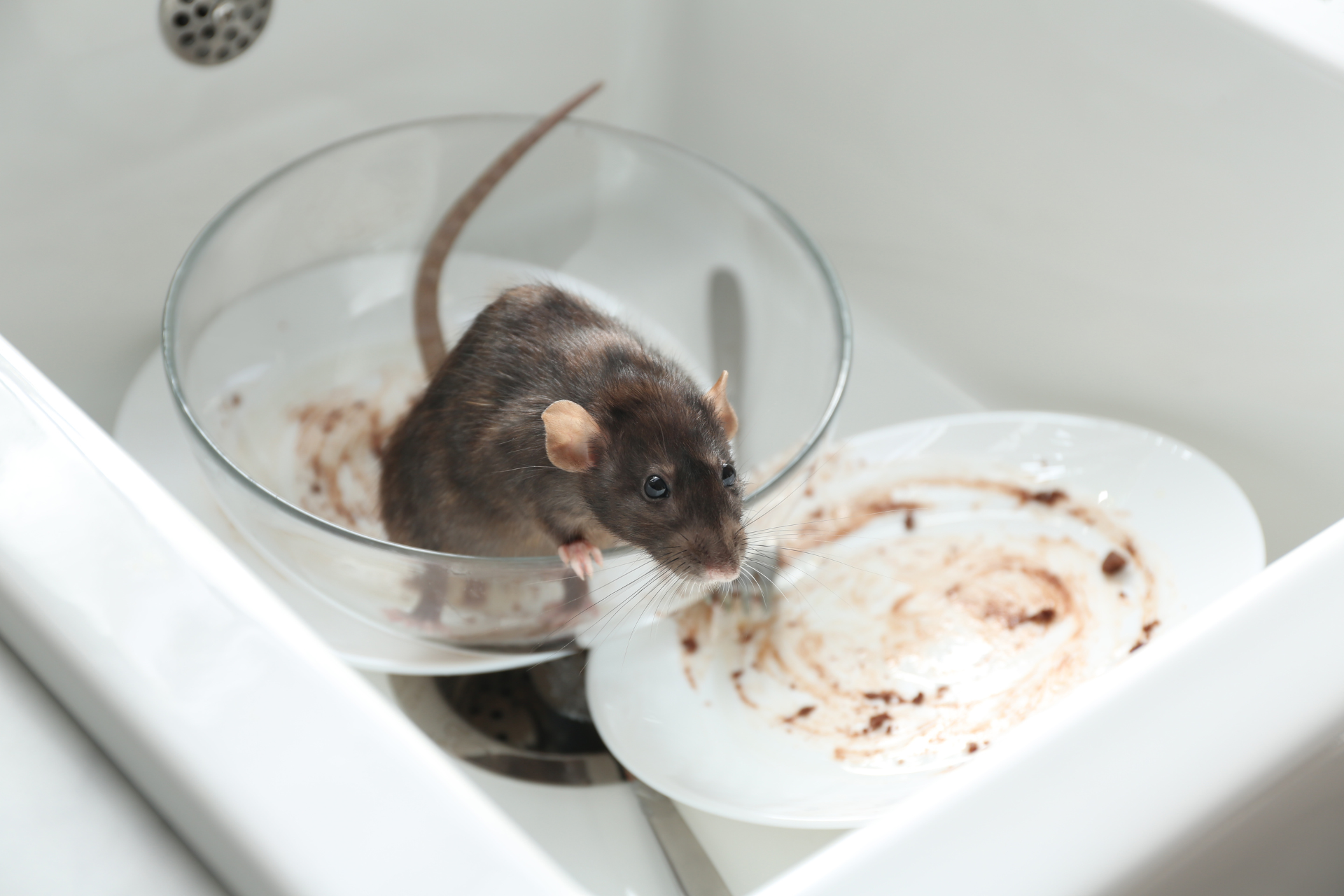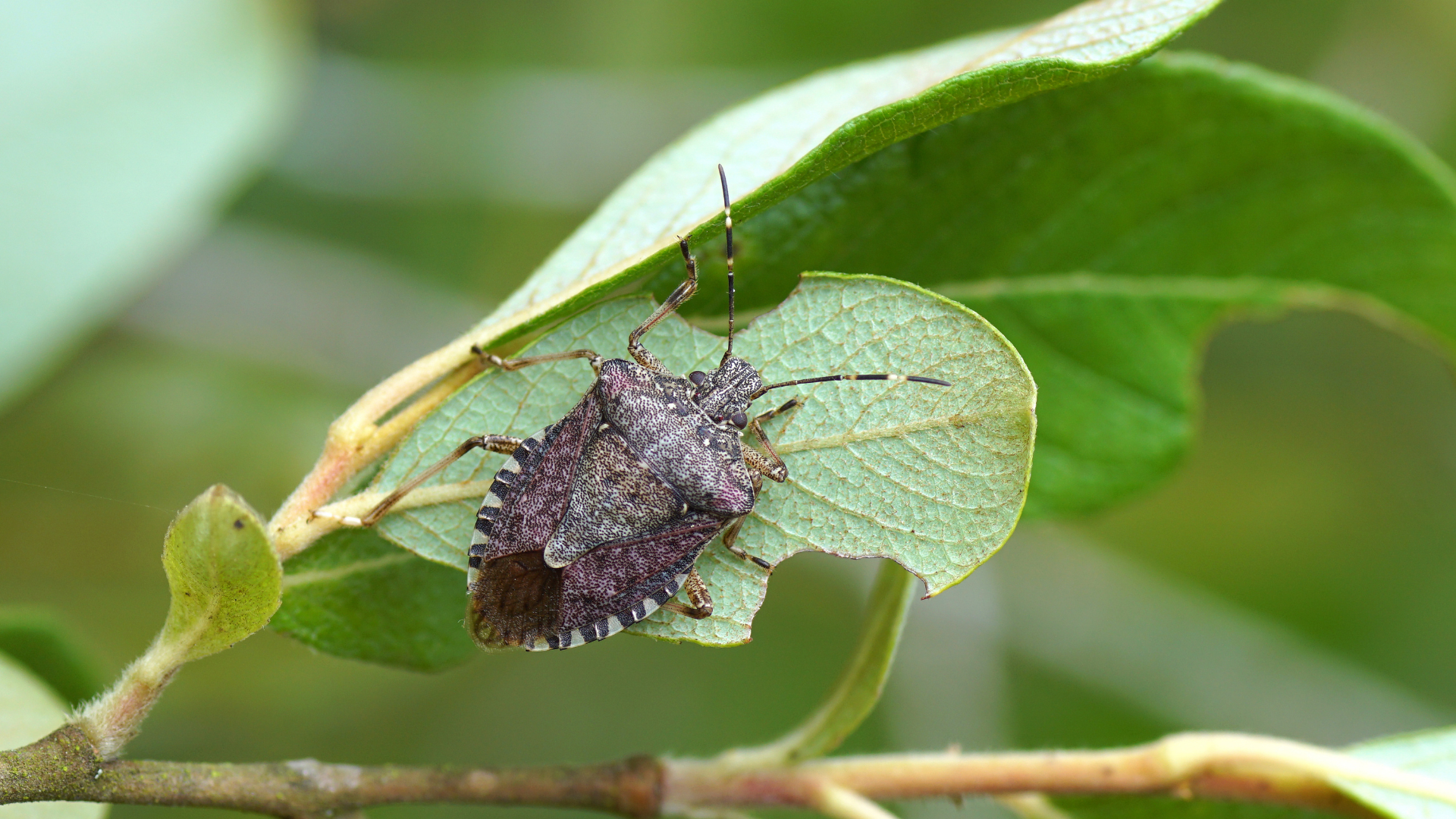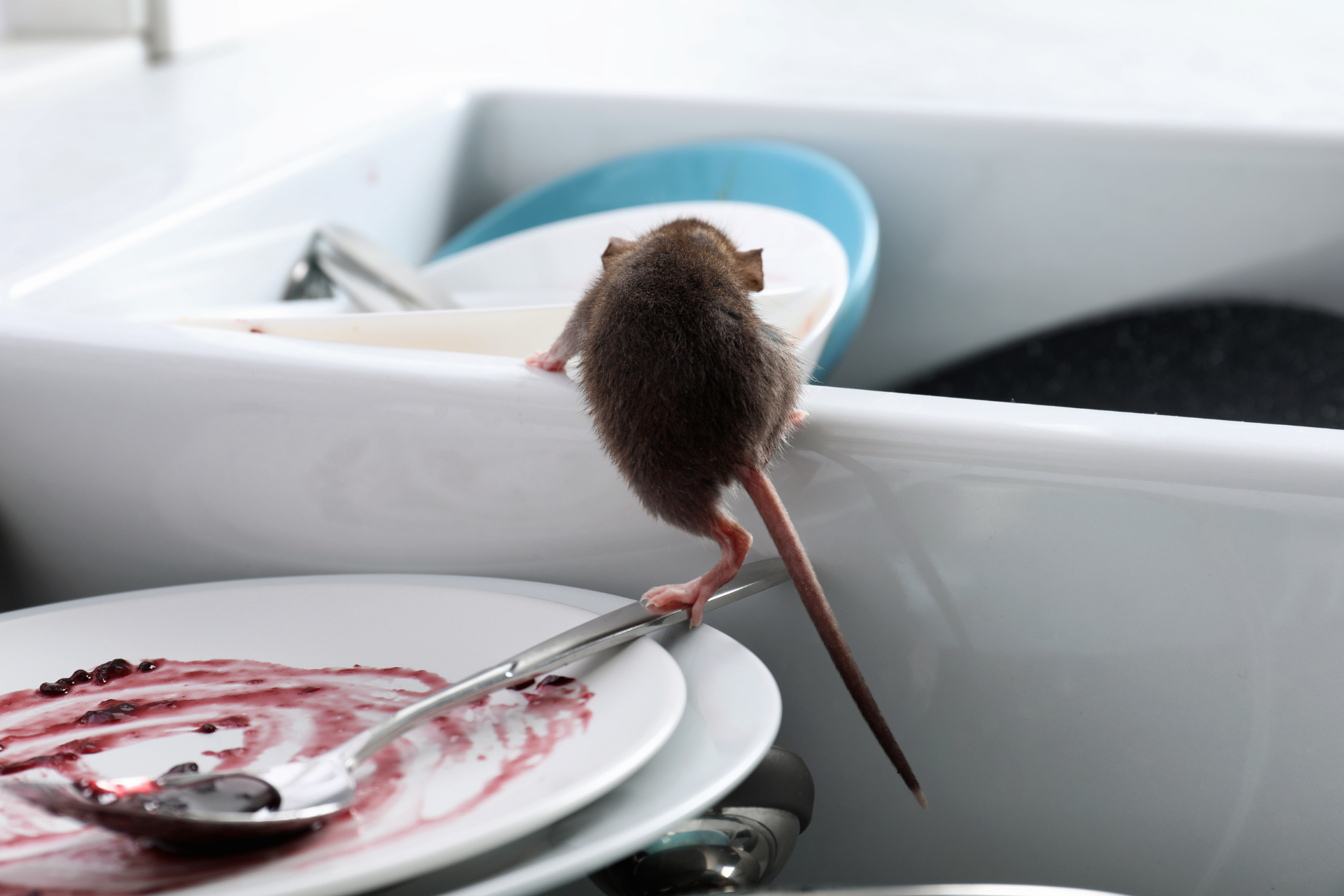How Bed Bugs Affect Household Pets
How Bed Bugs Affect Household Pets And What To Watch For
Most people think of bed bugs as a human-only problem. Tiny pests that hide in mattress seams, furniture crevices, and luggage—waiting for a warm-blooded host to sink their needle-thin mouths into. It’s not exactly a pleasant image, but for a lot of pet owners, there’s an added layer of concern. What happens when these elusive little parasites find their way into a home shared with dogs, cats, or other furry companions?
While bed bugs don’t latch onto pets like fleas or ticks, they still cause plenty of chaos. The effects can ripple out in subtle ways, impacting not just your own comfort, but also your pet's behavior, health, and stress levels. Let’s take a closer look at how bed bugs affect pets and what signs are worth paying attention to.
The Indirect Impact On Pet Health
Unlike parasites that burrow into fur and live on animal skin, bed bugs are mostly opportunistic feeders. They’ll bite humans and pets alike if they’re desperate enough and if the timing is right. Pets sleeping on beds, couches, or plush pet beds can easily become targets. But even though bed bugs don’t live on animals, their presence can still lead to some troubling effects.
Dogs and cats bitten by bed bugs may experience itchy welts or red bumps, usually on areas with thinner fur—like bellies, ears, or legs. While they won’t usually react as strongly as humans, some pets do develop mild to moderate skin irritation. In rarer cases, a pet might have a more intense allergic reaction, which can result in more severe itching, swelling, or even lesions from excessive scratching or biting.
And then there’s the psychological component. Pets can become restless and anxious if they’re being bitten at night or feel the general agitation of an infested home. Just like people, animals pick up on changes in their environment. If your dog starts pacing at night or your cat hides more than usual, bed bugs could be part of the problem. It’s not always the first thing people consider, but it’s worth factoring in—especially when your vet can't pin down a physical cause for the behavior.
Behavioral Changes Worth Noticing
Most pets won’t outright show you they’re being bitten by bed bugs. Their natural instincts to self-soothe or mask discomfort can make the early signs easy to overlook. But that doesn’t mean there aren’t any clues. A shift in habits or mood could be your first indication that something is off.
Maybe your dog refuses to sleep in their usual bed. Or your cat starts excessively grooming one spot on their leg. You might notice your pet becoming more vocal, clingy, or avoidant—often without an obvious reason. They could even start waking you up at odd hours, more agitated than usual. These subtle signals don’t point exclusively to bed bugs, but in the context of an infestation, they shouldn’t be ignored.
In multi-pet households, some animals might show symptoms while others don’t. That inconsistency can throw people off. It’s easy to assume that if one pet is fine, the problem must lie elsewhere. But the truth is, bed bugs don’t bite in predictable patterns. One pet might get bitten simply because they nap closer to a heavily infested piece of furniture. Another might escape bites altogether if they prefer sleeping on a colder floor surface or move around more frequently at night.
So, if something just feels off with your pet—and especially if that coincides with your own itchy bites or sleepless nights—it might be time to investigate further.
Secondary Problems That Can Develop
Beyond the obvious physical discomfort, bed bugs can trigger a chain reaction of issues that complicate things for pet owners. For starters, once bed bugs are discovered, there’s often a scramble to clean, spray, wash, and sanitize everything in sight. That kind of upheaval can be stressful for animals.
Vacuuming constantly, moving furniture, tossing beds into dryers—none of it goes unnoticed by a sensitive dog or cat. Pets thrive on routine, and a sudden shift in daily rhythms can leave them feeling unsettled. If you’re using DIY sprays or treatments, there’s an added concern: some products labeled for bed bug use aren’t meant to be used around animals, even if they’re technically non-toxic. And unfortunately, some pets may lick treated surfaces or bedding out of habit, which can introduce chemicals into their system.
There’s also a social toll to consider. Pet parents often isolate their animals during an infestation, either to prevent the spread or just to keep them out of the way during treatment. But long stretches of alone time—especially for social breeds—can lead to boredom, depression, or even destructive behavior. That’s particularly true if a beloved pet bed or toy has been discarded in the process.
These secondary stressors might not be directly caused by bed bug bites, but they still originate from the same root issue. And over time, they can wear on a pet’s emotional well-being in ways that aren’t always easy to correct.
What You Can Do And Why It Matters
Dealing with bed bugs is already overwhelming without the added concern of how it’s affecting your pets. But the good news is, awareness goes a long way. The earlier you catch signs of a possible infestation, the better you can minimize disruption—for both you and your animals.
Start by watching your pets for those little signs: frequent scratching, changes in sleeping spots, new anxiety behaviors, or red bumps on their skin. Even a subtle difference might be enough to warrant a closer inspection of their bedding and your furniture.
Regular cleaning and vacuuming can help reduce bed bug hiding spots, but full elimination often requires professional help. That’s especially true when pets are involved—because you’ll want treatments that are thorough without being harmful to your four-legged family members. Trying to handle it on your own with store-bought solutions can sometimes make things worse by driving bugs deeper into walls or furniture, where they become harder to reach.
At Star City Pest Control, we understand that your pets aren’t just accessories in your home—they’re part of your family. Our approach considers every member of your household, furry ones included. We use proven strategies to target bed bugs effectively, while also helping you avoid unnecessary risks during treatment. If you suspect bed bugs are disrupting your home or your pet’s comfort, contact us today. We’re here to help you take back control—so everyone under your roof can finally rest easy.










